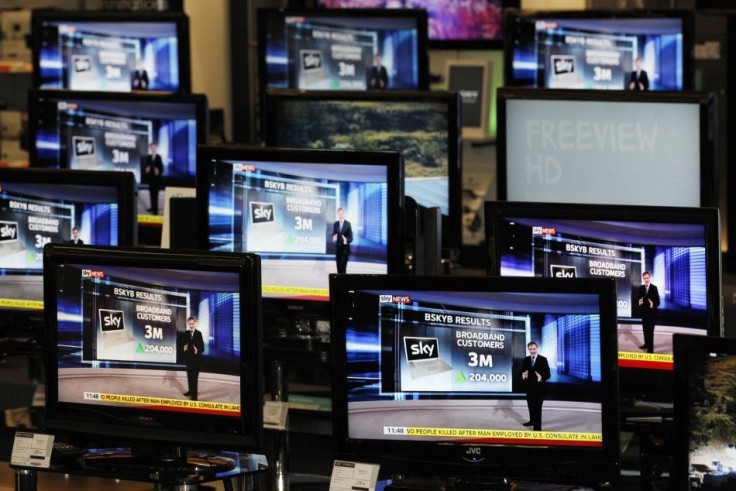TV Energy Consumption Shrinks

TVs are consuming less energy than ever, according to one study by the Consumer Electronics Association.
The study said LCD TV active power use fell 63 percent from 2003 to 2010. LCD standby power use dropped 87 percent from 2004 to 2010. The energy consumption for plasma TVs was nearly as dramatic, as active power use dropped 41 percent from 2008 to 2010 and standby use fell 85 percent in the same time period.
The CEA credits Energy Star, the Environmental Protection Agency's non-profit program to make all home appliances more energy efficient, for the sudden shift. The Energy Star movement has pushed manufacturers to switch from the traditional fluorescent backlighting in LCD TVs to light emitting diodes, or LEDs.
This study proves that it does not take government mandates to produce incredibly efficient TV sets. Intense competition, the voluntary Energy Star labeling program, and physics favoring less heat and thus less power drove these efficiency gains. In just a few years, digital TVs have achieved energy savings which took their power-hungry analog predecessors several decades to achieve. In both design and usage, consumer electronics are increasingly contributing to national energy savings, said Gary Shapiro, president and chief executive of the CEA, in a statement.
LCDs are expected to account for 82 percent of the TV display sales in 2011, according to the CEA, with 27.1 million units shipped. Another 4.6 million Plasma TVs will be shipped this year. For Plasma, CEA says the optimization of the xenon/neon gas mixture, which produces UV light, has made for more energy efficient TVs.
Power consumption in TVs has fallen dramatically in the relatively short history of digital television thanks to the success of the Energy Star program combined with technological innovation, industry competition and consumer demand, Douglas Johnson, vice president of technology policy, CEA, said in a statement.
© Copyright IBTimes 2024. All rights reserved.



















